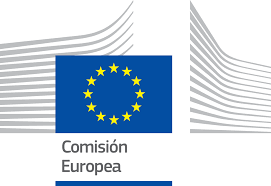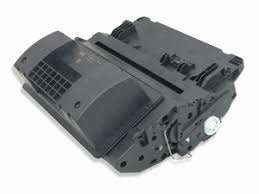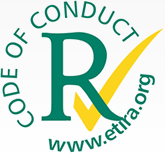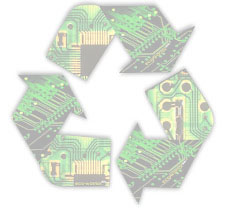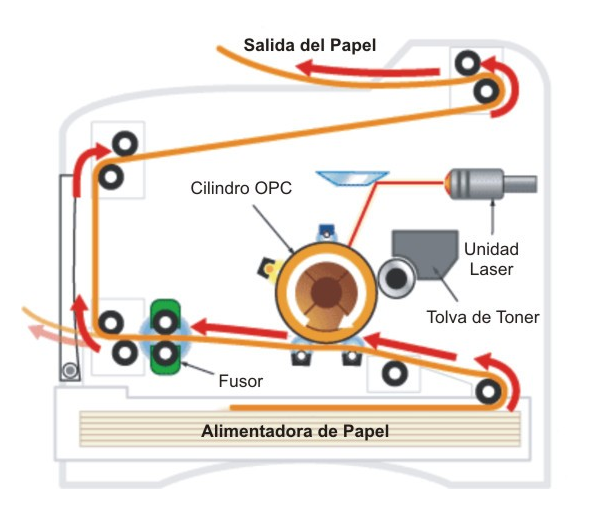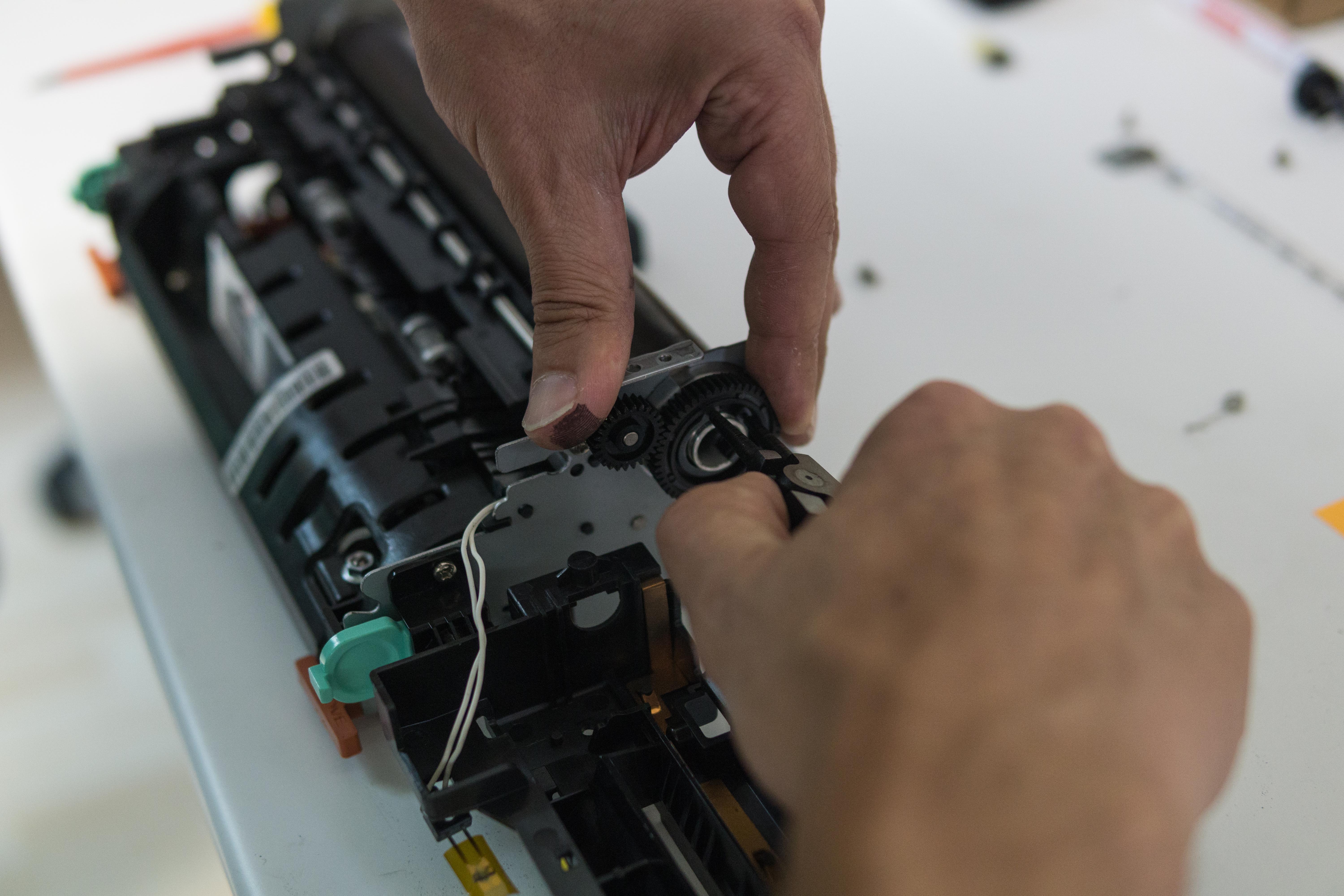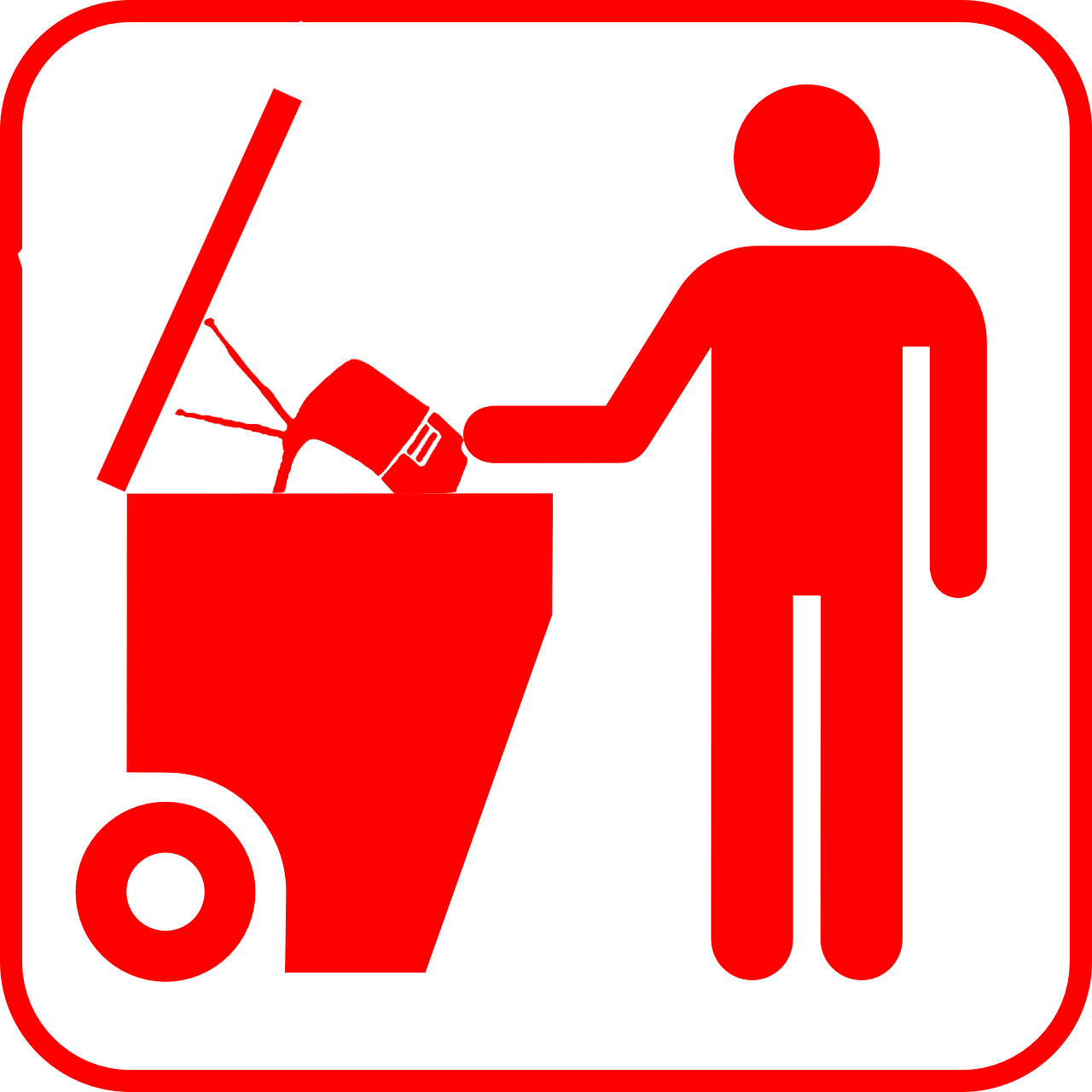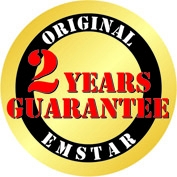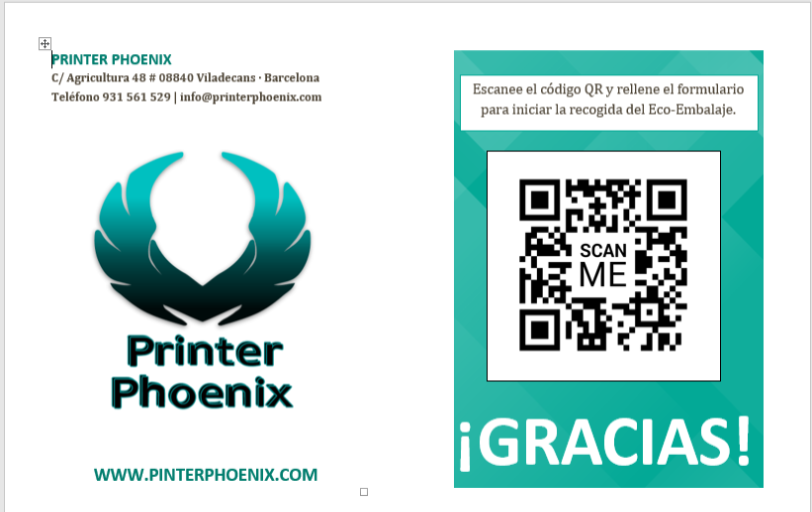We have selected and translated this interesting article about the Cartridges from China obviously massively contaminated with contaminants. The article has been published this same month of January in the German magazine Digital Imaging on the problem of Clone cartridges.
Obviously massively contaminated cartridges from China
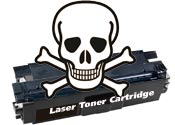 Caution, dangerous substances! New evidence suggests that Chinese Newbuilt cartridges are far more contaminated with the prohibited flame retardant DecaBDE than previously thought. (© Alamy File Photo / Jochen Tack).
Caution, dangerous substances! New evidence suggests that Chinese Newbuilt cartridges are far more contaminated with the prohibited flame retardant DecaBDE than previously thought. (© Alamy File Photo / Jochen Tack).
China cartridges loaded with DecaBDE
On rare occasions a report of ours published an avalanche such as the Research Report “Unscrupulous Chinese Free Rider” in our September issue DI – Digital Imaging 5-2018: At that time we discovered for the first time that certain Chinese new-build cartridges toner (NBC) are loaded with extremely high concentrations of the prohibited flame retardant decabromodiphenyl ether (DecaBDE). The Federal Environment Agency evaluates the substance as Bioaccumulative and Persistent Toxic (PBT) and is suspected of having long-term harmful effects on embryonic development. For this reason it is also on the Substances of Very High Concern (SVHC) list of the European Chemicals Agency (ECHA).
In order to accurately assess the health risk posed by users of decaBDE-contaminated cartridges in China, we have asked two well-known environmental toxicologists for their input. Once we have your opinion, we will post it on the DI home page.
All of the major printed tickers around the world addressed the topic at the time, and there was a heated debate in the industry. Even in the Middle Kingdom, the reports were closely followed. Daniel Orth, Managing Partner of Tonerdumping, said: “We have been talking to our main toner cartridge suppliers for several months to ensure that no plastic part exceeds the prescribed limits. in the future. I know from our largest Asian supplier, Ninestar, that the issue was taken very seriously and that we started to change production in October. “Aster was also quick to the top floor and reacted accordingly. “This shows just how much you are aware of the explosive nature of the big Chinese manufacturers of printed copies. But even if Ninestar & Co. changes all its production in a few weeks, the problem is far from solved:
Surprising: eight out of nine cartridges
under heavy pressure In the original report from September, it was ‘just’ two cartridges loaded with decaBDE from Static Control. To get a more accurate picture of the scale of the scandal, the European Remanufacturers Association ETIRA has commissioned its own tests in recent weeks. ETIRA purchased several Newbuilt cartridges from Asian manufacturers via Amazon and had them tested by TÜV Rheinland / LGA.
The results are shocking: five Newbuilt cartridges tested contained four DecaBDEs in extremely high concentrations, between 2,000 and 17,000 mg / kg (!). Specifically affected are the following Newbuilt toner cartridges:
- Bubprint brand (compatible with HP17A), sold through Amazon distributor Druckerpatronen Express (Germany)
- Brand Prestige Print (compatible with HP17A), sold through Amazon distributor J&H Greentech and Trading Ltd. (UK)
- Koala brand (compatible with HP26X), sold through Amazon distributor Lucky Suppliers Handels GmbH (Germany)
- Brand Yeti yellow (compatible with HP26X), sold through Amazon distributor Simple Printing Ltd. (UK)
Which manufacturers have produced the loaded cartridges of more or less exotic brands, ETIRA could not tell us. One did not want to reveal which cartridge was heavily loaded, except that all four Bubprint, Prestige Print, Koala, and Yellow Yeti cartridges had high decaBDE concentrations of 2,000 to 17,000 mg / kg. ETIRA Secretary General Vincent van Dijk said that his main concern when selecting the test cartridges was that they are products that all consumers can easily buy online. So it had specifically targeted cartridges that were featured prominently on Amazon. Of course, it would have been convenient to directly test cartridges from the leading Chinese manufacturers, Ninestar, Print-Rite and Aster.

When it comes to making a profit, European laws are sometimes ignored by Chinese companies, even if consumer health is compromised. (© Fotolia / ra-2 Studio).
Van Dijk was also surprised by the new results: “Our tests are cause for real concern. They show that the DecaBDE case is not about individual cases, but rather a systemic problem of Newbuilt cartridges in Asia containing extremely high concentrations of a dangerous substance. Many Asian manufacturers even claim that their cartridges are REACH and RoHS compliant, but obviously they are not. At ETIRA, therefore, we ask the relevant EU and national authorities to remove contaminated cartridges from the market as much as possible. as fast as possible “.
And the ‘DecaBDE Oscar’ goes to – Static Control …
In addition to the five cartridges that ETIRA is now testing and the two static control cartridges already tested in September, another cartridge was tested in November: this was an HP 412X from Tonerdumping. The customer was the same remanufacturer, who had already tested both static control cartridges and then confidently leaked the results. The toner discharge cartridge was also heavily contaminated: the TÜV Rheinland / LGA laboratory measured a decaBDE value of 14,000 mg / kg, while the HP reference cartridge was clean.
As Daniel Orth informed us, the loaded toner discharge cartridge is undoubtedly a static control cartridge. By the way, the toner dump was not purchased directly from a Chinese company, but from a well-known toner recycler in Germany. Static Control is now leading the disparaging ‘DecaBDE hit list’ with three confidently tainted cartridges …
Welcome to ‘DecaBDE-Club’: Aster
Last but not least, we have had the analysis of a ninth cartridge tested since June – these also come from our anonymous source. As no HP cartridges were tested as a reference for this test and the cartridge was not intended for the European market, we have so far kept the manufacturer’s name a secret. We are moving away from this because the TÜV Rheinland / LGA tests are reliable even without negative control. It is an HP 18A (black) laser cartridge from Aster. Specifically, it was bought in Moscow in May and tested in June. Also with this Aster cartridge a high DecaBDE loading of 5,600 mg / kg was measured..
The HP 18A is almost identical to the HP 17A and is used with the HP LaserJet Pro M104A and M104W. These printers are sold in Eastern Europe, not this country. From a formal legal point of view this cartridge may not be objectionable because it was not intended for the European market, but in a moral sense it does not matter whether I poisoned Europeans, Russians or Africans …
Therefore, eight of the nine cartridges from China tested to date contain a high concentration. By DecaBDE, that is a share of just under 90%. And it is a real scandal: if you still have proof that we are dealing here not with a one-time but a national problem, this is at the latest with the new results from the ETIRA test series.
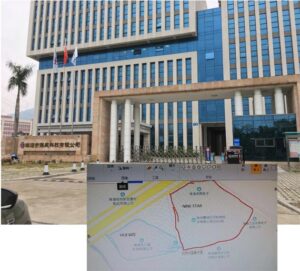
View of the Huiwei company building in Zhuhai: on the left, in the background, about 400 meters, you can already see the first building of the new Ninestar factory.
Mistrust of Chinese suppliers is growing.
The fact that China’s cartridge dealers are very insecure in light of this development, especially from the big online players Amazon & Co., is not surprising: they are rightly afraid that they will be seen as dealers from the head of the cartridges and, finally, their Chinese. Providers stay in the DecaBDE rain. We know from various conversations that our December 17 report has compounded the nervousness of many online retailers: They switched to crisis mode immediately, and the phone wires to Asian providers glowed after the launch. The Chinese have answered questions from their German distribution partners about cartridge ingredients in their own way – with lengthy documents about their products’ alleged REACH and RoHS compliance. But the role is known to be patient. “If only one person is found in the entire supply chain, from the supplier of plastic granulate to the manufacturer of the finished cartridge, then such a declaration of conformity is not worth it,” complains a major trader, who does not want to be identified. . Another person expresses his growing distrust: “It will work as usual: the Chinese will continue as before. And we, the merchants who imported and sold the cartridges, are the victims of the pawn.” Therefore, he also considers that his own tests must be on the safe side. “If only one person is found in the entire supply chain, from the supplier of plastic granulate to the manufacturer of the finished cartridge, then such a declaration of conformity is not worth it,” complains a major trader, who does not want to be identified. . Another person expresses his growing distrust: “It will work as usual: the Chinese will continue as before. And we, the merchants who imported and sold the cartridges, are the victims of the pawn.” Therefore, he also considers having his own tests so that they are on the safe side. “If only one person is found in the entire supply chain, from the supplier of plastic granulate to the manufacturer of the finished cartridge, then such a declaration of conformity is not worth it,” complains a major trader, who does not want to be identified. . Another person expresses his growing distrust: “It will work as usual: the Chinese will continue as before. And we, the merchants who imported and sold the cartridges, are the victims of the pawn.” Therefore, he also considers that his own tests must be on the safe side. The Chinese will continue as before. And we, the merchants who import and sell the cartridges, are the pawn’s victims. ”
WTA and a second German remanufacturer are launching more tests. Both companies are not members of ETIRA and want to create facts themselves, as well as strong arguments for their sales team. “Which distributor would like to sell their customers heavily contaminated cartridges?” Is the rhetorical question from WTA Marketing Director Thomas Lentes. Enlightenment is urgently needed, and you will be happy to tackle this task at Suhl. He gladly shows that the December 21 Thuringian print specialist through various German online retailers has only twelve Newbuilt cartridges from major Chinese manufacturers who have purchases. As soon as the cartridges are available, they are immediately moved to the decaBDE approved test laboratory of TÜV Rheinland / LGA.



